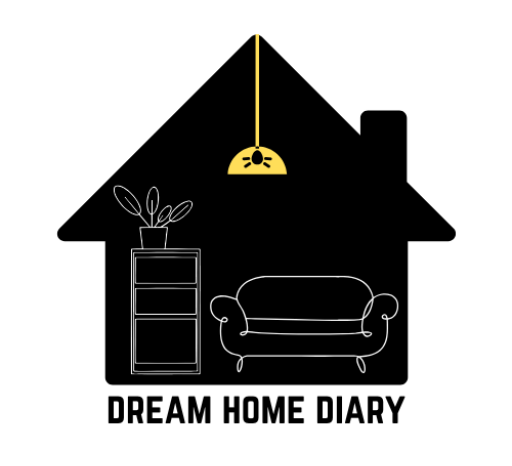20 Ways You’re Damaging Your House Without Realizing It
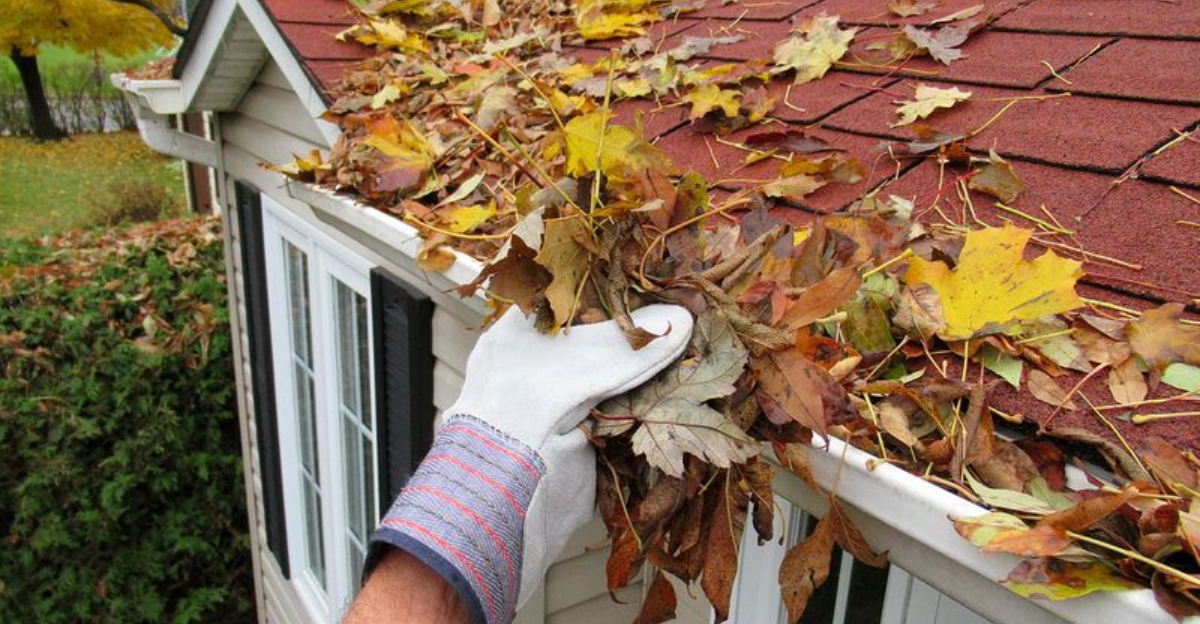
Your home is likely your biggest investment, but you might be harming it without even knowing. Everyday habits and overlooked maintenance tasks can silently deteriorate your property’s condition and value over time.
Understanding these common mistakes can help you protect your home and avoid costly repairs down the road.
1. Ignoring Small Leaks

What starts as a tiny drip under the sink can quickly become a major headache. Small water leaks create perfect conditions for mold growth and wood rot.
Left unchecked, minor leaks can damage cabinets, flooring, and even compromise structural elements. Call a plumber immediately when you spot that first suspicious water spot.
2. Using the Wrong Cleaning Products
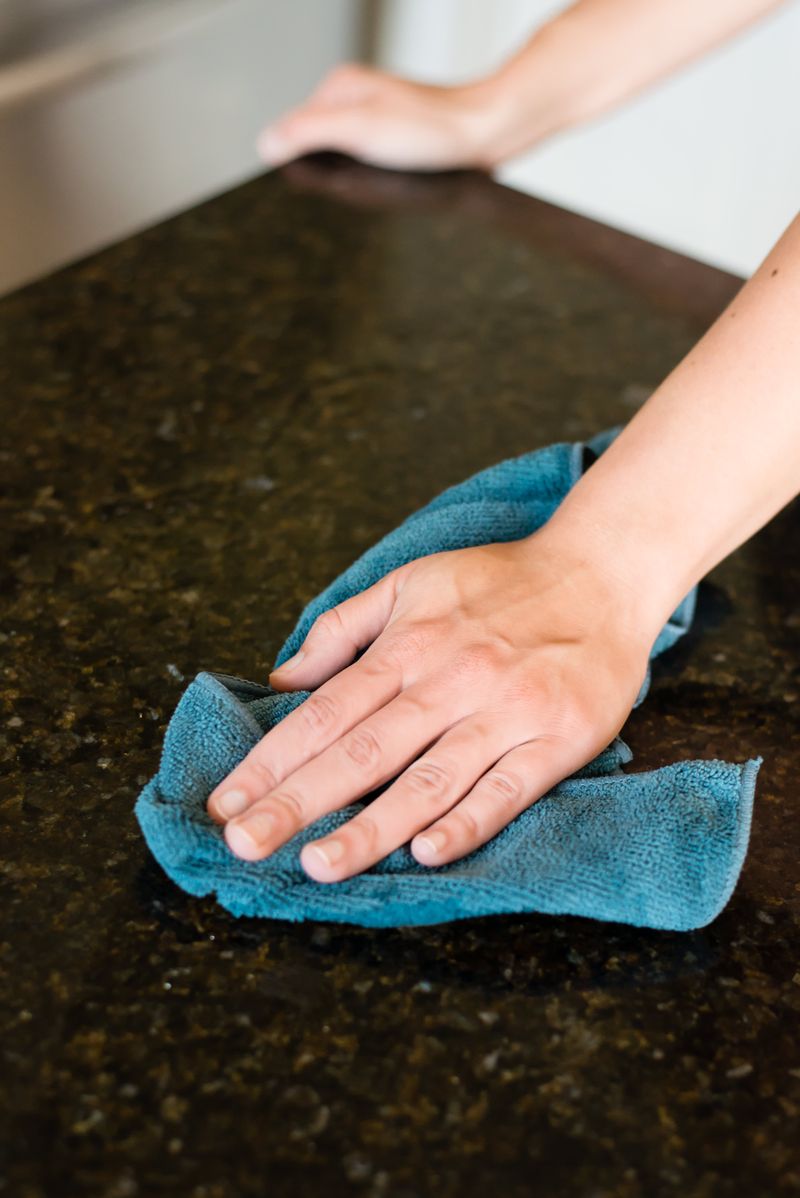
Granite countertops cry silently when scrubbed with vinegar or lemon-based cleaners. Acidic solutions eat away at natural stone surfaces, causing etching and dulling their beautiful finish.
Harsh chemicals can also damage wood floors, strip protective coatings from appliances, and corrode metal fixtures. Always read manufacturer recommendations before attacking dirt with whatever’s under the sink.
3. Overwatering Your Foundation
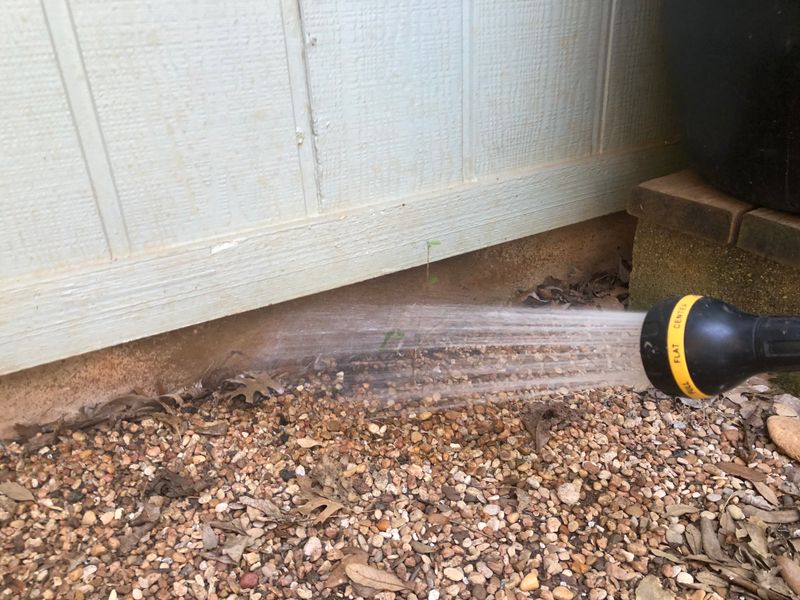
Garden hoses positioned too close to your home’s perimeter create a swampy disaster waiting to happen. Excess moisture around foundations leads to soil expansion, creating pressure against basement walls.
Over time, this hydraulic force can crack foundations and invite water seepage into lower levels. Maintain proper drainage away from your home with correctly positioned downspouts.
4. Slamming Doors Regularly
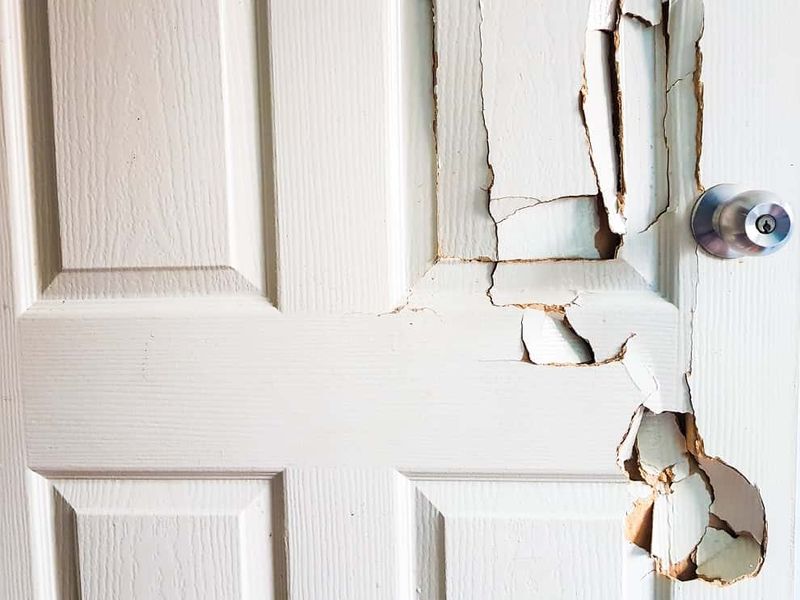
Banging doors might feel satisfying during arguments, but your house frame silently suffers with each dramatic exit. Repeated impact loosens hinges, damages door frames, and can even crack nearby drywall.
Vibrations travel through walls, potentially affecting pictures, mirrors, and light fixtures. Invest in door stops or catches to prevent this everyday form of structural abuse.
5. Flushing Non-Flushable Items
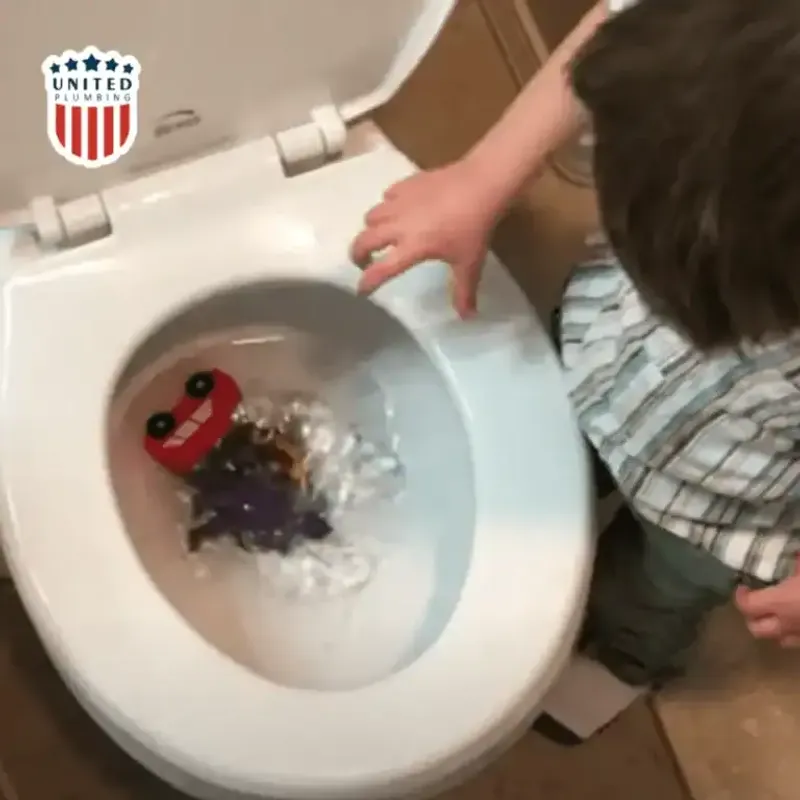
Despite package claims, most “flushable” wipes aren’t truly sewer-friendly. Facial tissues, paper towels, and personal hygiene products create nasty blockages deep in your plumbing system.
Unlike toilet paper, these items don’t break down quickly enough, forming pipe-clogging monsters that grow with each flush. Stick to the golden rule: only human waste and toilet paper belong in your porcelain throne.
6. Blocking Air Vents with Furniture
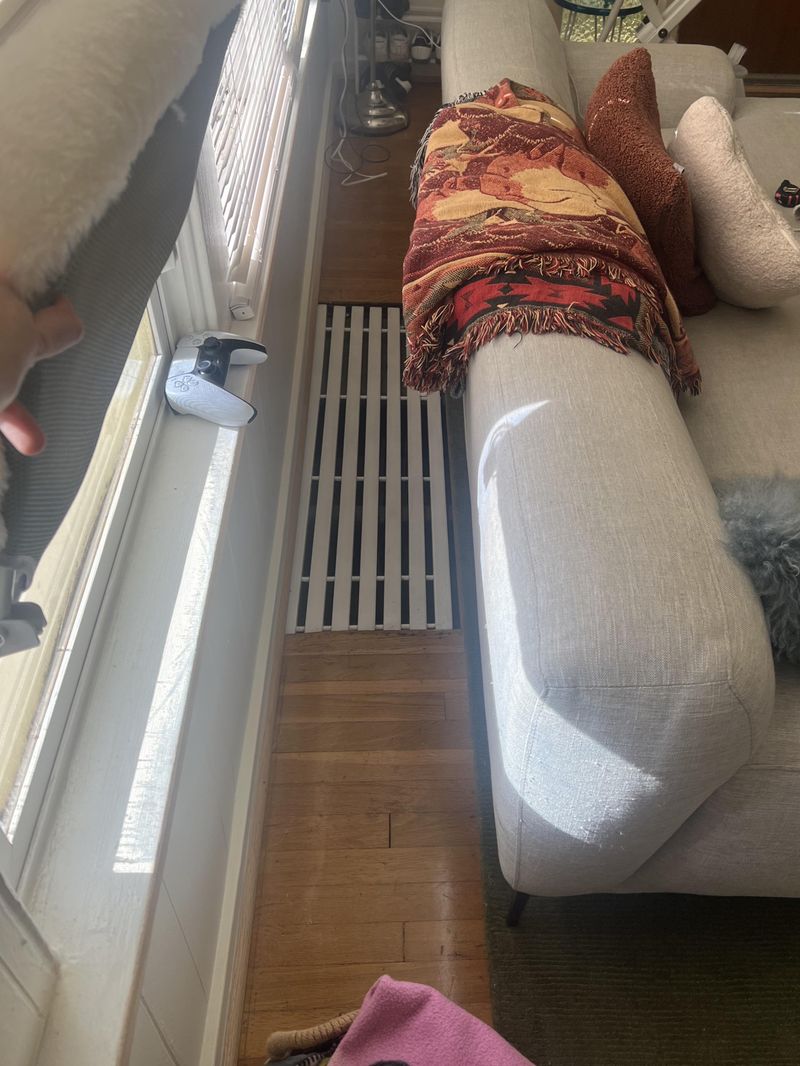
Positioning your sofa directly over floor vents might solve your decorating puzzle, but creates an HVAC nightmare. Blocked vents force systems to work harder, increasing energy bills and shortening equipment lifespan.
Restricted airflow creates pressure imbalances throughout your home, potentially damaging ductwork over time. Keep furniture at least 10 inches away from vents to maintain proper circulation.
7. Hanging Heavy Items Without Anchors
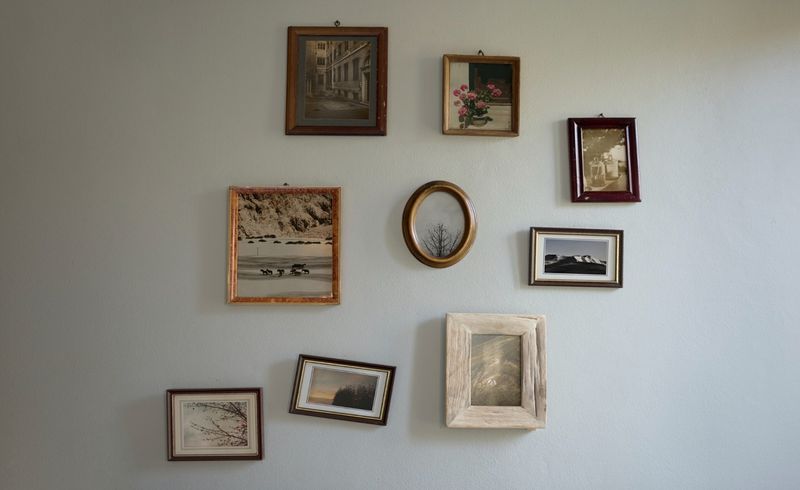
Grandma’s antique mirror deserves better than flimsy nails poked into drywall. Without proper anchors, heavy wall hangings eventually tear through gypsum, creating holes larger than the original damage.
For items weighing more than 10 pounds, locate wall studs or use appropriate anchors rated for the weight. A little hardware planning prevents walls from looking like Swiss cheese after decorating.
8. Using Too Much Drain Cleaner
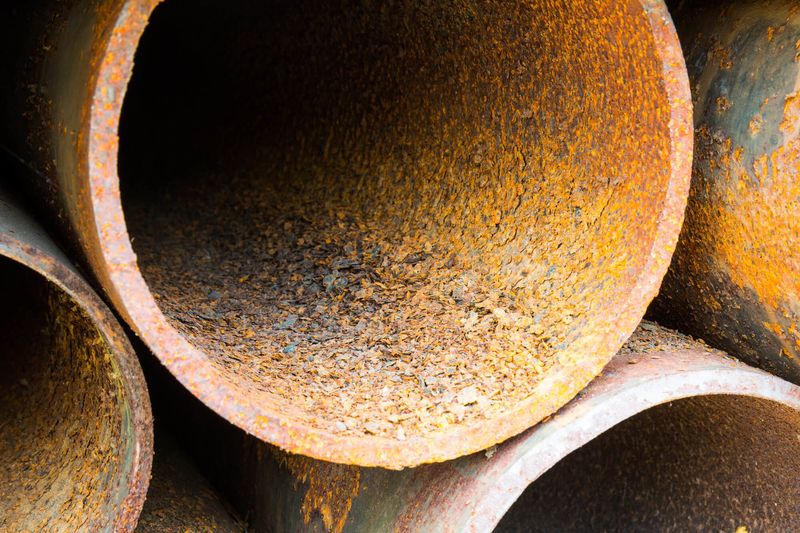
Pouring half a bottle of chemical drain opener might seem like double the cleaning power, but pipes disagree. Caustic chemicals corrode pipes from the inside, especially in older homes with metal plumbing.
Repeated use weakens connections and can create leaks that damage surrounding areas. Grab a plunger or snake first, and use chemical cleaners sparingly according to package directions.
9. Skipping Gutter Cleaning
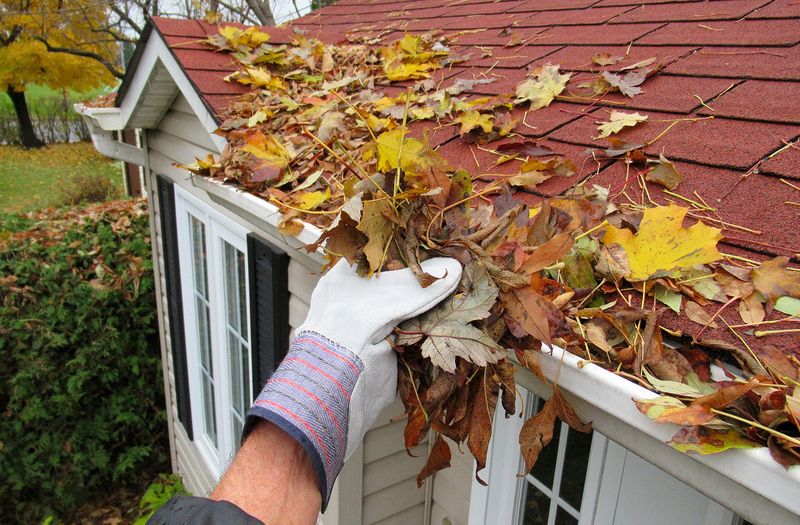
Fall leaves create picturesque landscapes but wreak havoc in neglected gutters. Clogged channels prevent proper water drainage from your roof, sending cascades down exterior walls instead.
Overflowing gutters cause fascia rot, foundation damage, and can even lead to basement flooding. Schedule cleaning twice yearly – more often if surrounded by trees – to keep water flowing where it belongs.
10. Letting Trees Grow Too Close
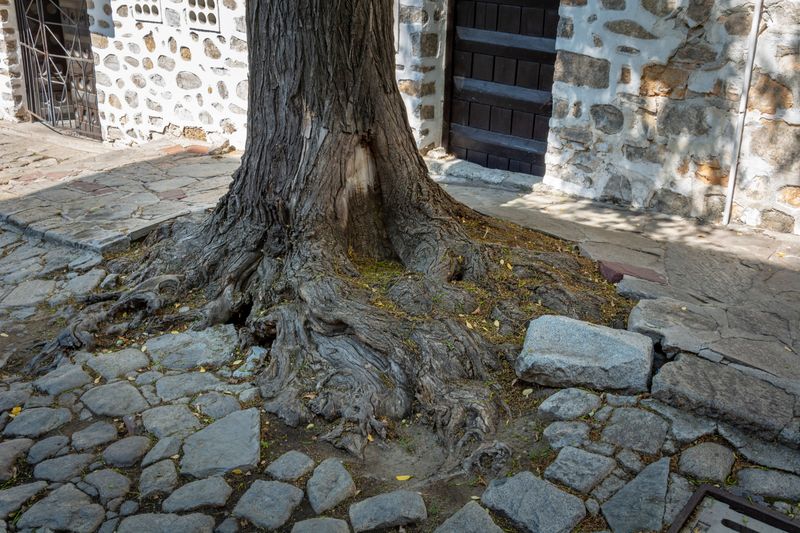
Shade-providing trees might cool your home, but roots have their own agenda underground. Aggressive root systems infiltrate tiny cracks in foundations, plumbing, and septic systems, expanding them into major problems.
Overhanging branches drop debris on roofs and can cause severe damage during storms. Plant trees at least 20 feet from your home’s foundation to maintain peace between nature and structure.
11. Overloading Electrical Outlets
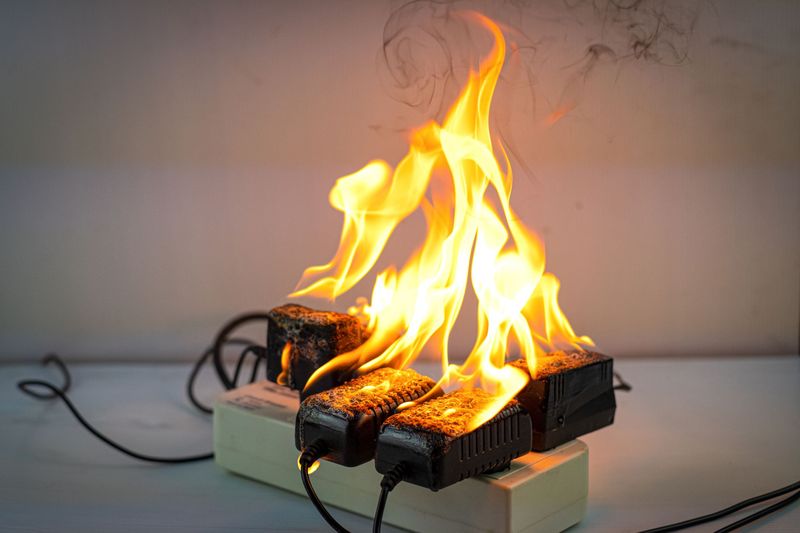
Daisy-chaining power strips might solve your gadget addiction problems, but creates dangerous electrical hazards. Circuits become overloaded when drawing more power than they’re designed to handle, causing wires to heat up inside walls.
This hidden overheating damages insulation, increases fire risk, and can melt outlet components. Spread high-wattage devices across different circuits and consider having an electrician install additional outlets.
12. Neglecting Caulking and Sealing
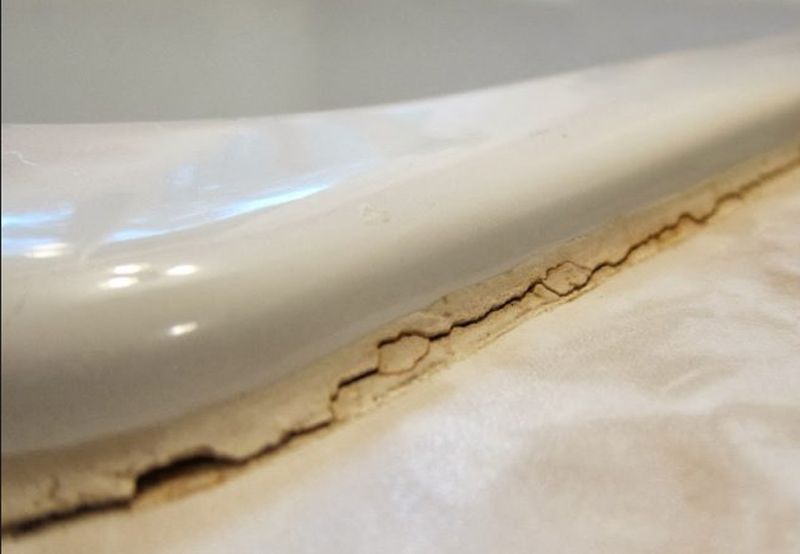
Cracked caulk around tubs and windows might seem like a minor aesthetic issue until water finds these pathways inside. Moisture penetrating these small openings damages subfloors, wall cavities, and creates perfect conditions for mold growth.
Regularly inspect and replace deteriorated caulk around water-prone areas like bathrooms, kitchens, and windows. Fresh caulk costs a few dollars but saves thousands in potential water damage repairs.
13. Walking on the Roof
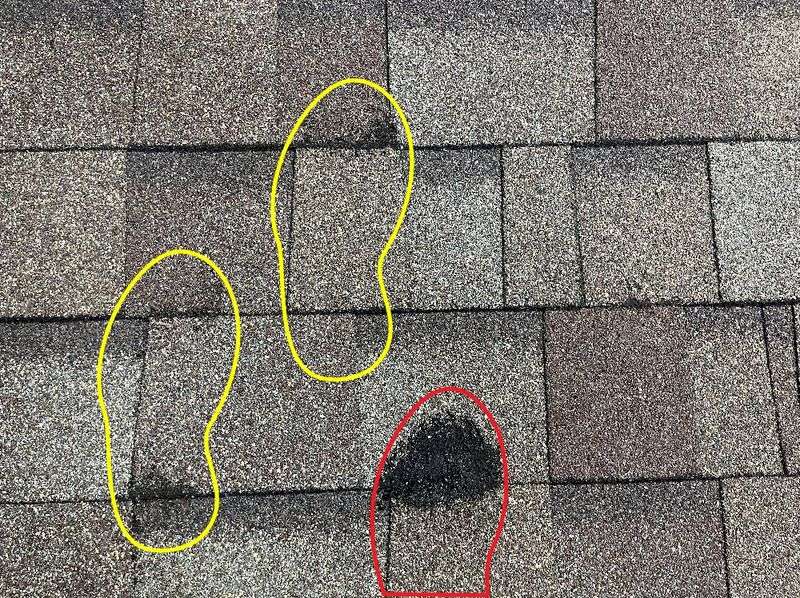
Weekend warriors often climb onto roofs for DIY inspections without realizing each footstep causes damage. Asphalt shingles lose protective granules when walked upon, shortening their lifespan and compromising water resistance.
Tile and slate roofs can crack under direct weight, creating leakage points. Leave roof inspections to professionals with proper equipment and techniques for minimizing impact on roofing materials.
14. Power Washing Improperly

Blasting your home’s exterior with maximum pressure might feel satisfying but can force water where it doesn’t belong. High-pressure streams drive moisture behind siding, around window frames, and under roofing materials.
Excessive pressure strips paint, erodes mortar between bricks, and damages wood surfaces. Use appropriate pressure settings for each surface type and maintain safe distances when cleaning exterior elements.
15. Skipping HVAC Maintenance
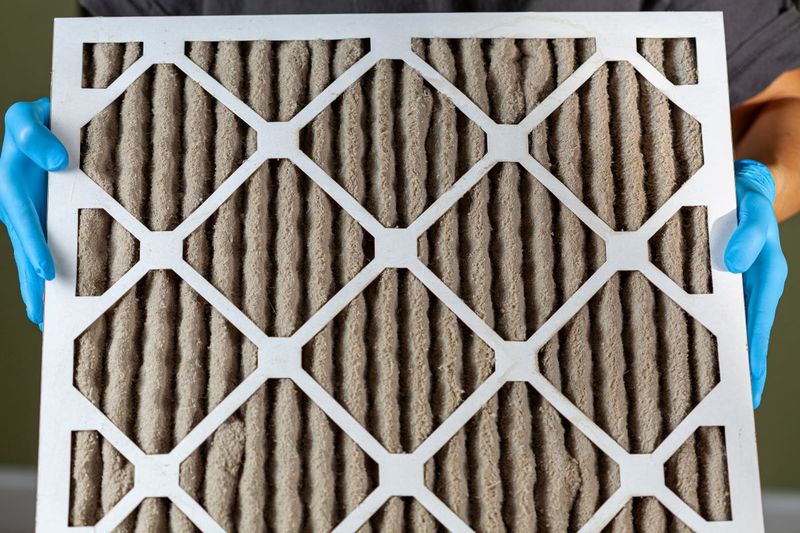
Furnaces and air conditioners silently suffer when filters remain unchanged for months. Dust-clogged systems work harder, consuming more energy while delivering less comfort throughout your home.
Neglected maintenance leads to premature component failure and expensive emergency repairs. Schedule professional tune-ups twice yearly and replace filters monthly to keep systems running efficiently and extend their operational lifespan.
16. Painting Without Prepping Surfaces
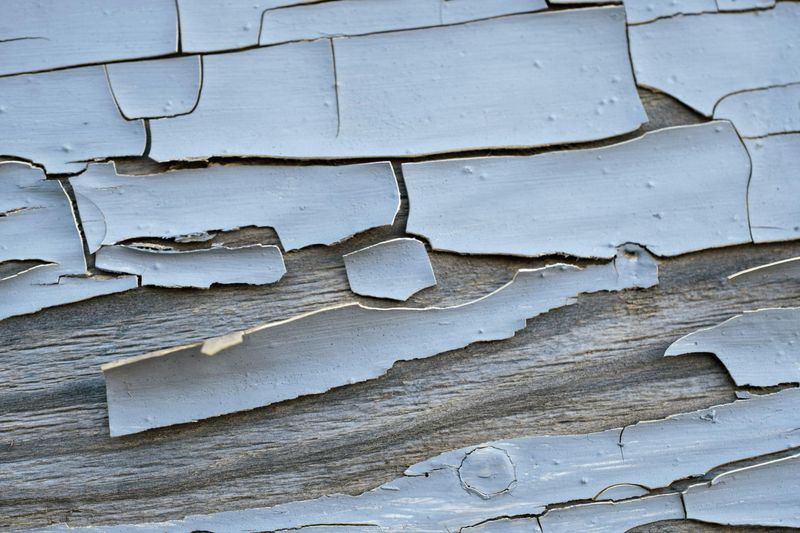
Skipping sanding and priming might save time initially but guarantees disappointing results later. Paint applied over dirty, glossy, or damaged surfaces soon bubbles, peels, and flakes away, requiring complete do-overs.
Moisture trapped under improperly prepped paint can also damage underlying materials. Invest time in proper surface preparation – cleaning, sanding, and priming – for paint jobs that actually protect your home.
17. Ignoring Termite Warning Signs
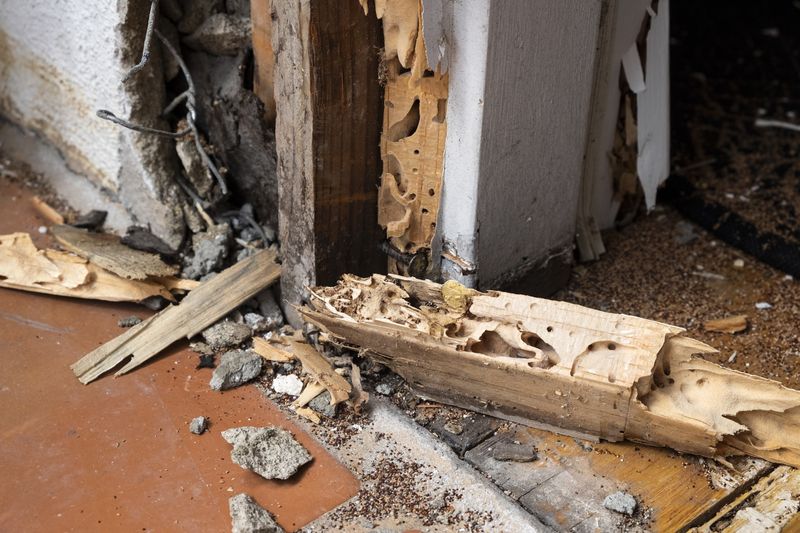
Mud tubes along foundations might look like dirt streaks but signal an army of wood-destroying invaders. Termites silently feast on structural elements, causing extensive damage before most homeowners notice anything wrong.
Hollow-sounding wood, discarded wings near windows, or pinhead-sized holes in drywall warrant immediate professional inspection. Annual termite assessments cost far less than repairing structural damage from established colonies.
18. Storing Items in the Attic Improperly
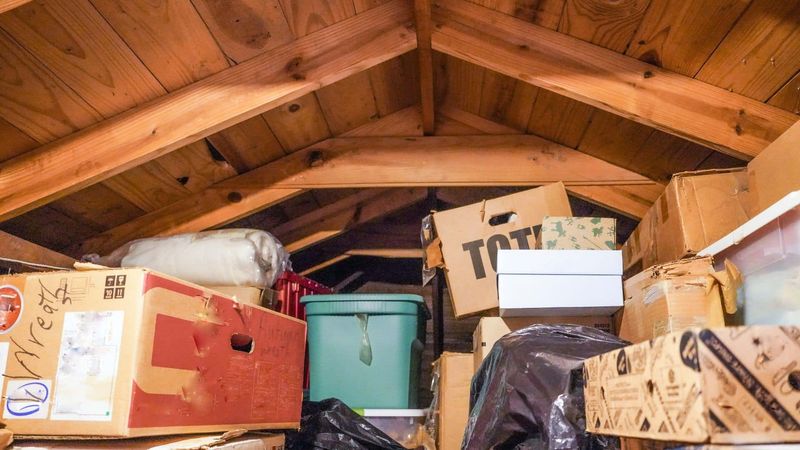
Attics offer tempting storage space, but piling boxes directly on insulation crushes its effectiveness. Compressed insulation loses R-value, allowing heat transfer that increases energy costs year-round.
Heavy storage can also stress ceiling joists beyond their design capacity. Install proper flooring over joists before using attic space for storage, and leave insulation uncompressed in unfloored areas.
19. Using Cheap Air Filters
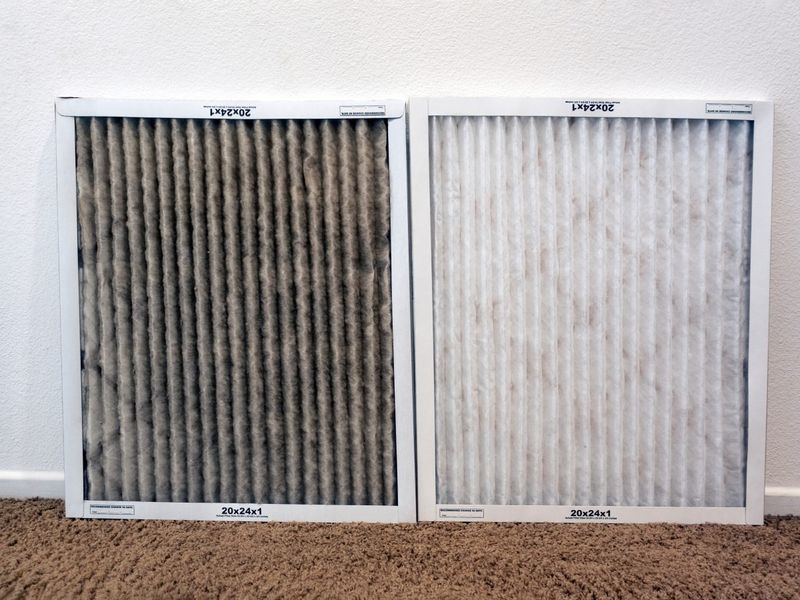
Bargain-bin furnace filters might save a few dollars upfront but cost much more in system damage. Low-quality filters allow dust and debris to coat sensitive components, reducing efficiency and increasing wear on motors and bearings.
Dirty coils restrict airflow, forcing systems to run longer while cooling or heating less effectively. Invest in quality filters with appropriate MERV ratings for your system specifications.
20. Letting Pets Scratch or Chew Woodwork

Fluffy might be adorable, but her clawing habits wreak havoc on expensive finishes. Pet scratches on doors, baseboards, and furniture penetrate protective coatings, exposing wood to moisture damage.
Chewing behaviors damage structural elements and can create splinters that harm pets themselves. Provide appropriate scratching alternatives and use deterrent sprays to protect wooden surfaces from becoming pet playgrounds.
